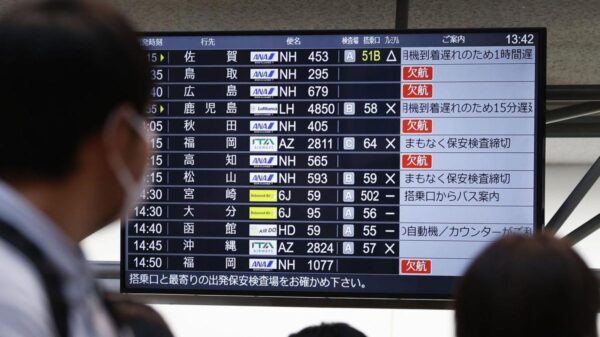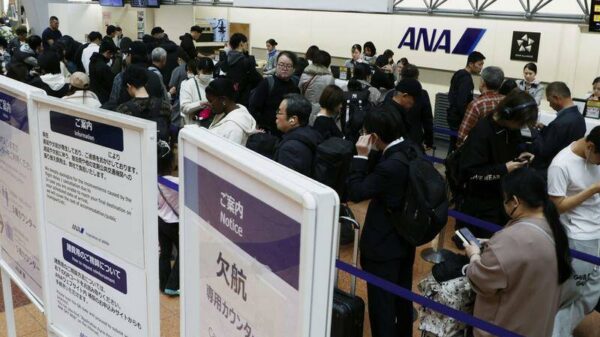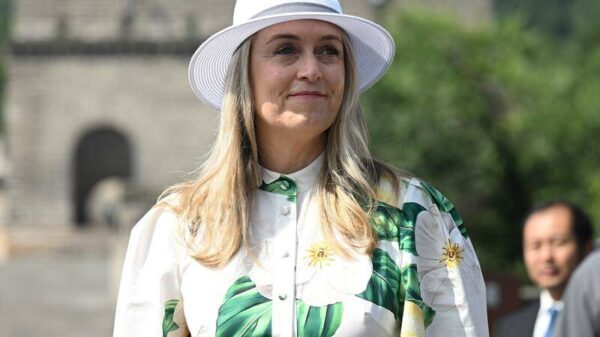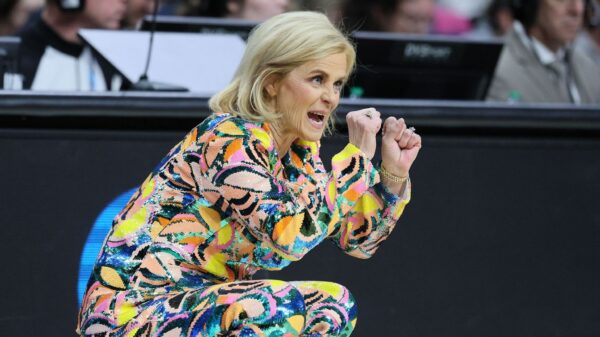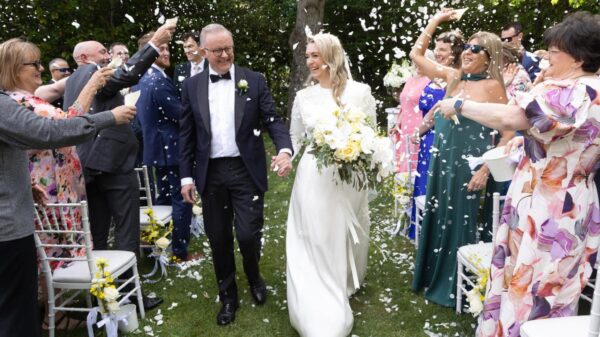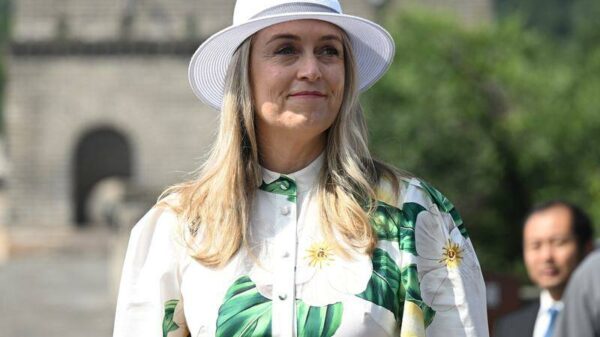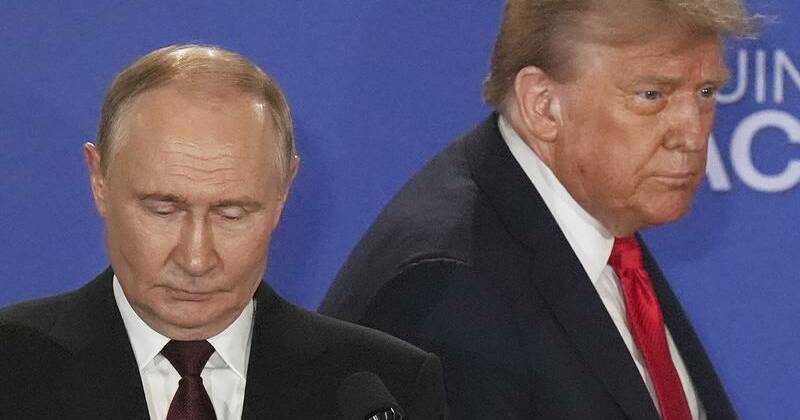Donald Trump concluded a highly anticipated summit with Vladimir Putin in Alaska without achieving a significant agreement to resolve the ongoing conflict in Ukraine. This meeting, held on March 15, 2024, marked Trump’s most substantial effort to address the war since taking office, but ultimately fell short of producing any concrete results.
During a press briefing, Trump stated, “There’s no deal until there’s a deal,” following Putin’s comments about an “understanding” reached regarding Ukraine. The Russian leader also cautioned European nations against undermining potential progress in the negotiations. Trump indicated he would brief Ukrainian President Volodymyr Zelenskiy and European leaders on the discussions, highlighting the importance of keeping them informed.
Despite expressing confidence in his ability to broker peace, Trump’s history of ambivalence towards American support for Ukraine casts a shadow over his efforts. He had previously criticized Zelenskiy and limited military assistance to Ukraine. Seven months after vowing to end the war on his first day back in office, Trump found himself unable to secure even a temporary cessation of hostilities as Russian forces continued to make advances on the battlefield.
A dual approach characterized Trump’s strategy during the summit. He threatened economic sanctions on Russia while offering a warm welcome at Joint Base Elmendorf-Richardson in Anchorage. Yet, by the end of the meeting, he appeared to leave without any tangible progress towards peace. Instead, the summit provided Putin with a platform for international recognition, effectively countering years of Western isolation due to his aggressive actions in Ukraine.
The lack of a joint press conference, where neither leader took questions from reporters, further indicated that the talks did not yield Trump’s desired outcomes. In a subsequent interview with Fox News, Trump suggested that the responsibility to advance negotiations might rest with Zelenskiy, despite the Ukrainian leader being excluded from the discussions. He also acknowledged that European nations would play a role in future efforts, a significant remark given the context of the meeting.
Both leaders sought different outcomes from the summit. Trump aimed to showcase his diplomatic skills, while Putin sought to solidify Russia’s territorial gains, obstruct Ukraine’s NATO aspirations, and ultimately reintegrate Ukraine into Russia’s sphere of influence. “We had an extremely productive meeting, and many points were agreed to,” Trump claimed alongside Putin, admitting, “We didn’t get there,” on key issues.
Putin, on the other hand, interpreted the meeting as a step towards restoring relations with the US. He noted that Trump “shows understanding” of Russia’s national interests, asserting that the agreements reached could serve as a foundation for future cooperation. “I expect that today’s agreements will become a reference point not only for solving the Ukrainian problem but will also mark the beginning of the restoration of businesslike, pragmatic relations between Russia and the US,” Putin stated.
Despite the absence of major breakthroughs, Trump concluded the summit by expressing gratitude to Putin, suggesting that further discussions could take place soon. When Putin playfully invited Trump to meet again in Moscow, the US president responded with cautious intrigue, acknowledging the potential for criticism but leaving the door open for future engagement.
The warm reception between the two leaders, marked by a lengthy handshake and friendly banter, stood in stark contrast to the ongoing humanitarian crisis in Ukraine. As military aircraft flew overhead, the optics of their meeting raised concerns among Zelenskiy and European leaders, who worry that Trump may prioritize US interests over the pressing need for a resolution to the conflict.
As the situation continues to evolve, the international community watches closely, hoping for a shift in the dynamics of the conflict that has claimed countless lives and displaced millions.




